Rise of Soviet Union After World War 1
The period after the First World War saw the emergence of Soviet Union as a major power. The military intervention by Britain, France, USA and Japan in Russia in support of the counter-revolutionary forces had been defeated & foreign armies driven out by 1920.
- Russia’s participation in First World War & long period of civil war plus foreign intervention which followed the revolution had completely shattered the economy of the country.
- This was a period of acute economic distress for the people.
- There was a severe shortage of food.
- The production of industrial goods had fallen far below the pre-war level.
- To make the distribution of goods equitable in conditions of severe scarcity, certain strong measures were taken.
- Peasants were made to part with their produce which was in excess of what was essential for their own needs.
- They were not allowed to sell it in the market.
- The payment of salaries in cash was stopped and instead people were paid in kind, that is foodstuffs and manufactured goods.
- These measures had created unrest among the peasants and other sections of society but were accepted because they were considered essential to defend the revolution.
- After the civil war ended, these measures were withdrawn & in 1921, & the New Economic Policy was introduced –
- Peasants were allowed to sell their produce in open markets, payment of wages in cash was reintroduced.
- Production of goods and their sale in some industries under private control was permitted.
Formation of Soviet Union
The main centres of the revolution in 1917 were in Russia. Shortly, the revolution spread to many other parts of the old Russian empire & the Bolshevik Party & its supporters formed governments in the areas inhabited by non-Russian nationalities.
In 1922 all these territories were formally united in the Union of Soviet Socialist Republics (USSR), for short Soviet Union, which was a federation of many republics.
- After death of Lenin in 1924 many serious differences arose within the ruling Communist Party, the only political party which existed – over policies to be followed.
- There was also serious struggle for power between different groups and individual leaders.
- In this struggle, Stalin emerged victorious.
- By 1930s, almost all the leaders who had played an important role in revolution & in the following years were eliminated.
- False charges were brought against them, & after fake trials they were executed.
- Political democracy & freedom of speech and press were destroyed.
- The expression of differences even within the party was not tolerated.
- Stalin, who had been the General Secretary of the Communist Party, assumed dictatorial powers which he exercised till his death in 1953.
- These developments had an adverse effect on the building of socialism in the USSR and introduced features which were contrary to the humanistic ideals of Marxism and of the revolution.
- The development of art and literature also suffered because of restrictions on freedom.
Russian Five Year Plans
- In 1929, the USSR slated its vigorous programme of economic reconstruction & industrialization when it adopted the first of a series of its Five-Year Plans.
- Within a few years, the Soviet Union emerged as a major industrial power.
- The extraordinary economic progress that the Soviet Union achieved was against heavy odds.
Though the foreign intervention had been ended, many countries of Europe, and the United States followed a policy of economic boycott with the aim of destroying the revolution. However, the Soviet Union not only survived but continued to grow economically at a fast rate. It was the only country which remained unaffected by the economic crisis of 1929-33
Agricultural Reforms in Russia: Collective Farming
- Major changes were introduced in agriculture.
- After the revolution the estates of the landlords, the church and the nobility had been confiscated and distributed among the peasants.
- The small landholdings or farms were considered not very productive.
- To increase production, it was considered essential to introduce farm machinery, but this could be done only if the size of the farms was large.
- For this, the government started its own farms & adopted the policy of promoting collective farming by bonging the small farms of the peasants together.
- In these farms, individual ownership of farms by peasants was ended and the peasants worked on these ‘collective farms’ collectively.
- The government pursued the policy of collectivization vigorously and by 1937 almost all cultivable land was brought under collective farms.
Soviet Union vs The West
The Soviet Union was not recognized by most European powers and USA for a long time. However, with its growing strength it could not be ignored and gradually one country after another recognized her.
- Britain established diplomatic relations with the Soviet Union in 1933.
- In 1934 she also became a member of the League of Nations.
- However, in spite of the ending of the isolation of the Soviet Union, the hostility towards the Soviet Union continued.
- West continued to regard the Soviet Union as a danger to them and hoped that the fascist countries would destroy her.
- Their hostility to the Soviet Union led to the appeasement of fascist powers and paved the way for the Second World War.
The Soviet Union followed a policy of support to the movements for independence. The help given to China is notable in this context. When the fascist countries started their acts of aggression, the Soviet government pressed for action against them.
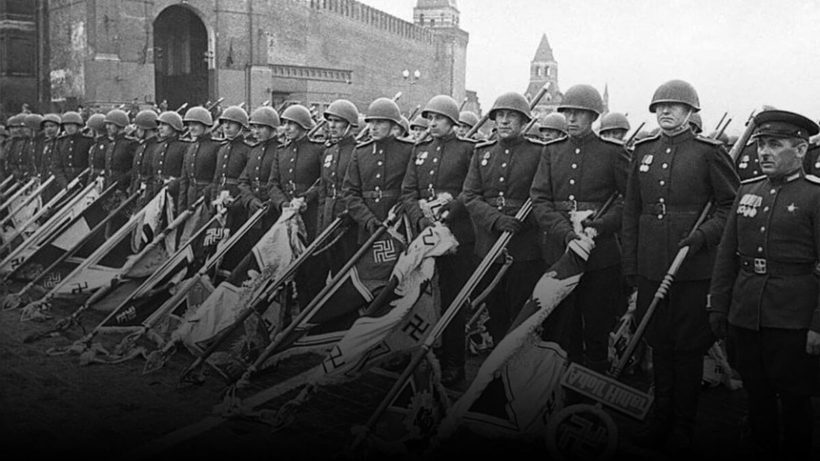
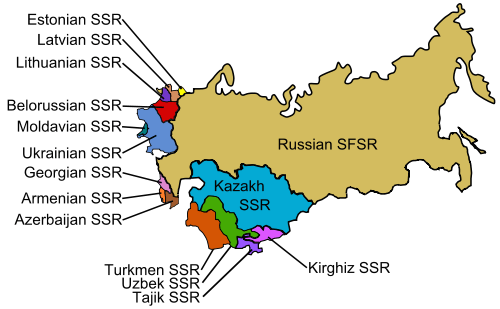
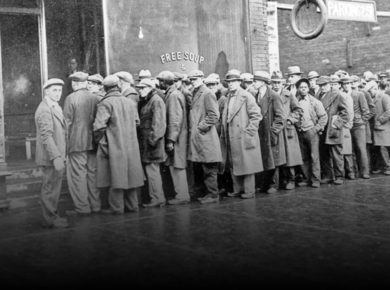



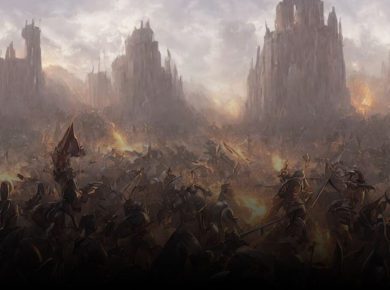
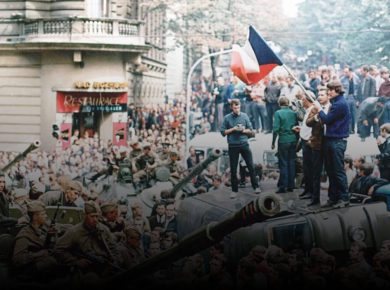



1 comment
thankyou very much to share the knowledge.